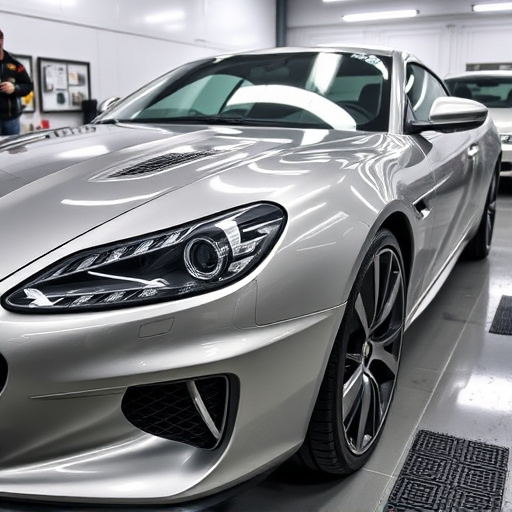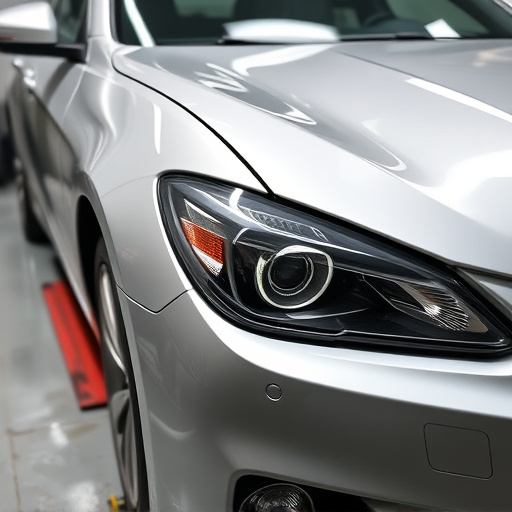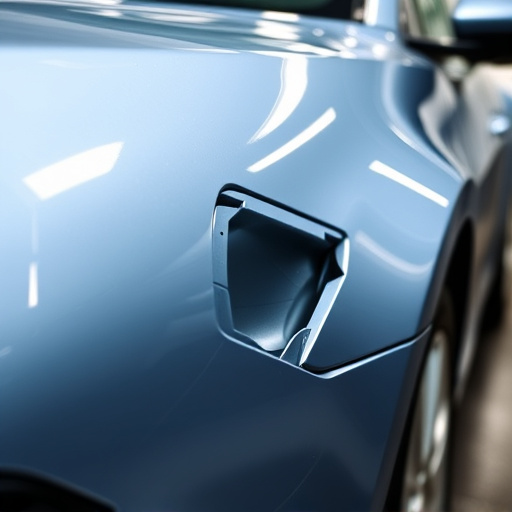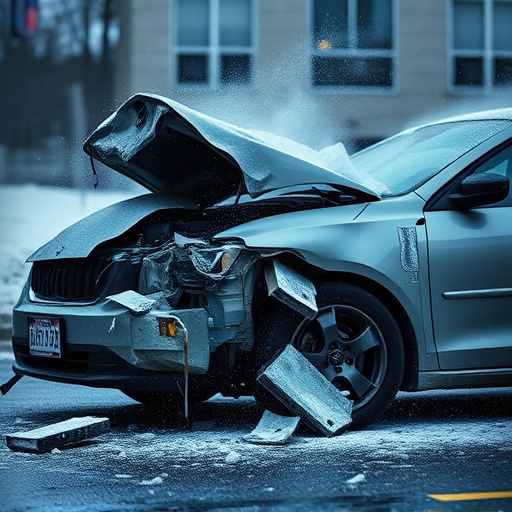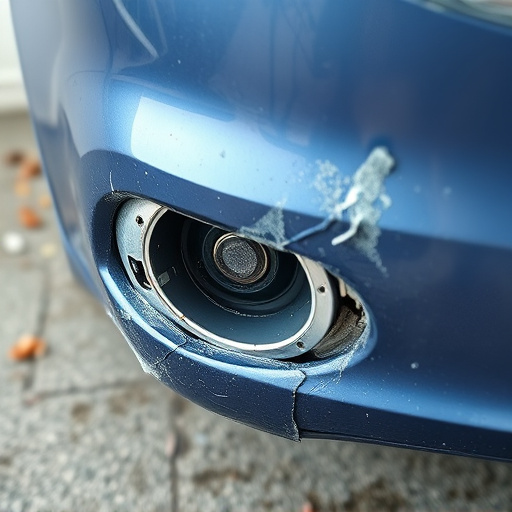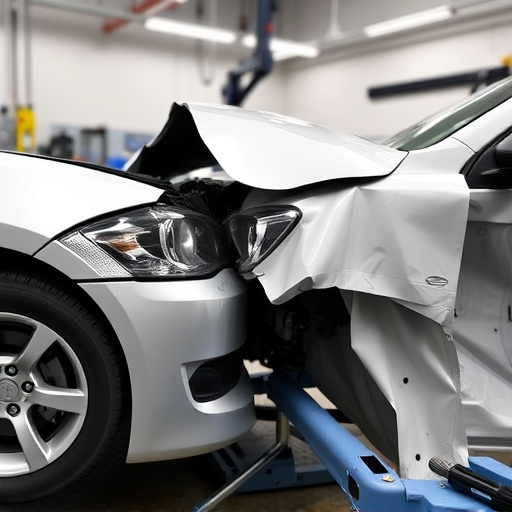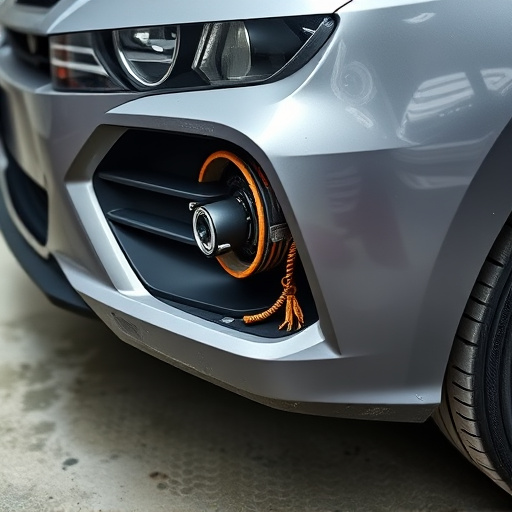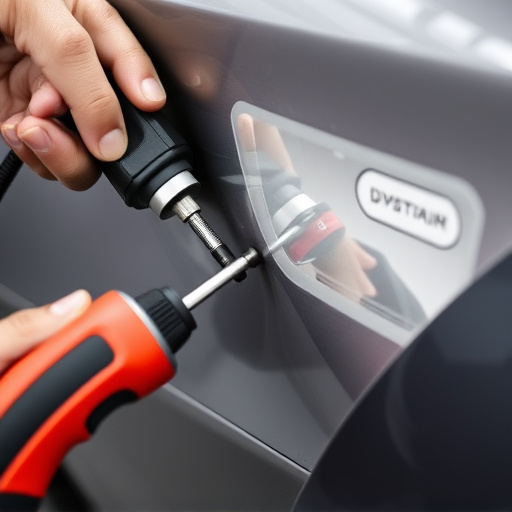Technicians handling primer surfacers, vital for car repair, especially luxury, must wear protective gear including gloves, goggles, and respirators to shield against chemicals and dust. Ensure proper ventilation during application to remove volatile organic compounds (VOCs) and follow manufacturer guidelines on mixing ratios to minimize waste, crucial for efficient coverage without overspray, particularly in meticulous Mercedes Benz collision repair services.
Ensuring safety during primer surfacer application is paramount for technicians to prevent health risks associated with these materials. This guide delves into the essential precautions, offering a comprehensive framework for professionals. We explore the composition and potential hazards of primer surfacers, emphasizing the critical role of personal protective equipment (PPE). Additionally, we provide practical application techniques designed to minimize exposure, empowering technicians to work safely and effectively in today’s industrial landscape.
- Understanding Primer Surfacer Composition and Risks
- Personal Protective Equipment: Essential Safeguards
- Application Techniques to Minimize Health Exposure
Understanding Primer Surfacer Composition and Risks
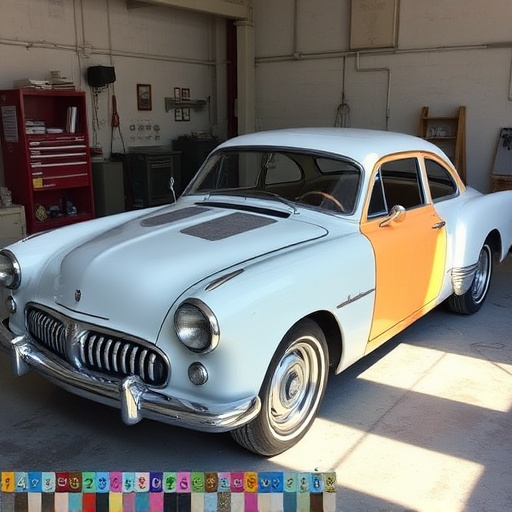
Understanding the composition of primer surfacer is key for technicians to grasp the potential risks associated with its application. Primer surfacers are designed to prepare a vehicle’s surface for painting, but they contain various chemicals that can be harmful if not handled properly. These compounds may include solvents, resins, and other additives that can emit volatile organic compounds (VOCs), posing respiratory and skin irritation issues to technicians over time.
By understanding the composition, technicians can take necessary precautions, such as working in well-ventilated areas, wearing protective gear like gloves and masks, and ensuring adequate ventilation during application. This awareness is crucial for both hail damage repair and general body shop services, as it minimizes exposure risks while promoting safer work environments at collision repair shops.
Personal Protective Equipment: Essential Safeguards
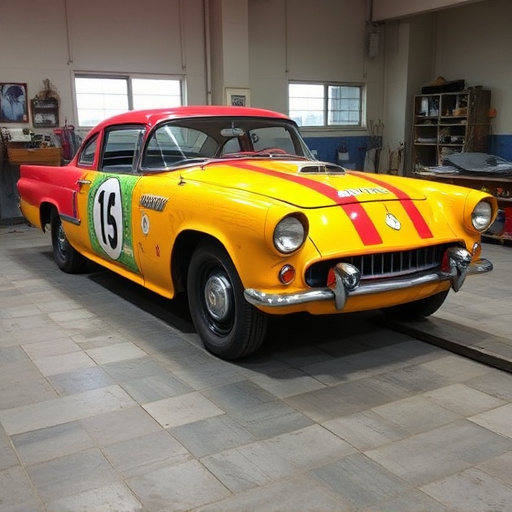
Personal Protective Equipment (PPE) plays a pivotal role in ensuring the safety of technicians involved in primer surfacer application, especially when dealing with intricate tasks on luxury vehicle repair or car repair services. The right PPE is an essential safeguard against potential hazards and health risks associated with these procedures. This includes specialized gear designed to protect against chemical splashes, dust inhalation, and skin irritation commonly encountered during the process of primer surfacer application.
When preparing for any primer surfacer application task, whether on a vehicle dent repair or regular car repair service, technicians must don appropriate PPE such as gloves, safety goggles, and respirators. These items serve as critical barriers between the technician and harmful substances, safeguarding against accidents and long-term health issues. By adhering to these safety protocols, professionals in luxury vehicle repair can create a safer working environment while maintaining high-quality outcomes in their work.
Application Techniques to Minimize Health Exposure

When applying primer surfacer, technicians must employ specific techniques to minimize health exposure. This involves wearing appropriate personal protective equipment (PPE), including gloves, safety goggles, and a respirator designed for paint particles. These precautions are vital to prevent inhalation of harmful fumes and skin contact with chemical compounds present in the primer.
Moreover, ensuring proper ventilation is crucial during the application process. Working in a well-ventilated area or using an exhaust fan can help remove volatile organic compounds (VOCs) from the air. Additionally, technicians should adhere to manufacturer guidelines for mixing ratios and application methods to avoid overspray and ensure efficient coverage without excessive material waste—an important consideration in auto body services like Mercedes Benz collision repair, where precision and efficiency are paramount.
When applying primer surfacer, technicians must prioritize safety by understanding its composition, wearing appropriate personal protective equipment (PPE), and utilizing effective application techniques. By adhering to these precautions, risks associated with exposure can be significantly minimized, ensuring a safer work environment and better health outcomes for all involved in the primer surfacer application process.


